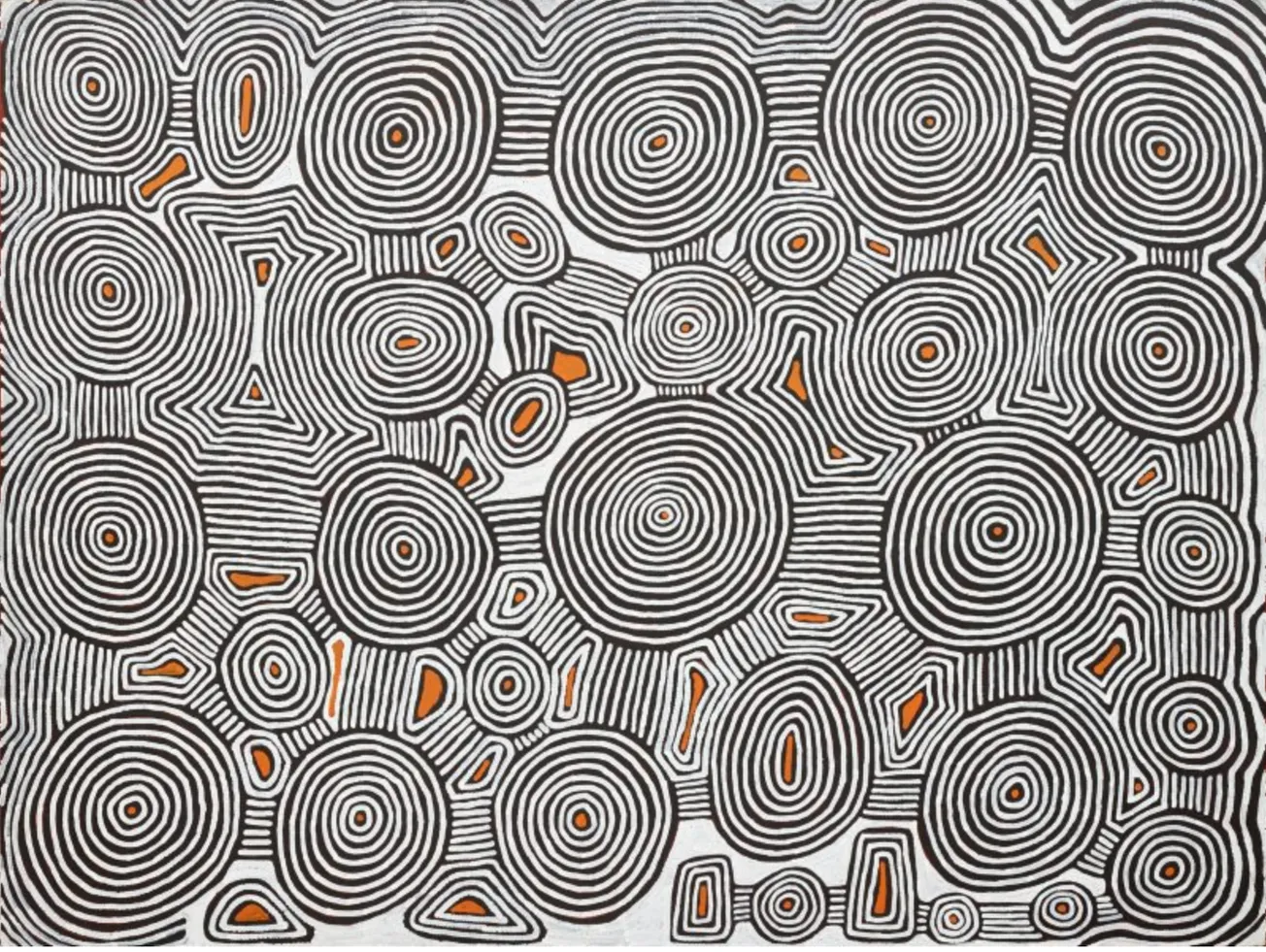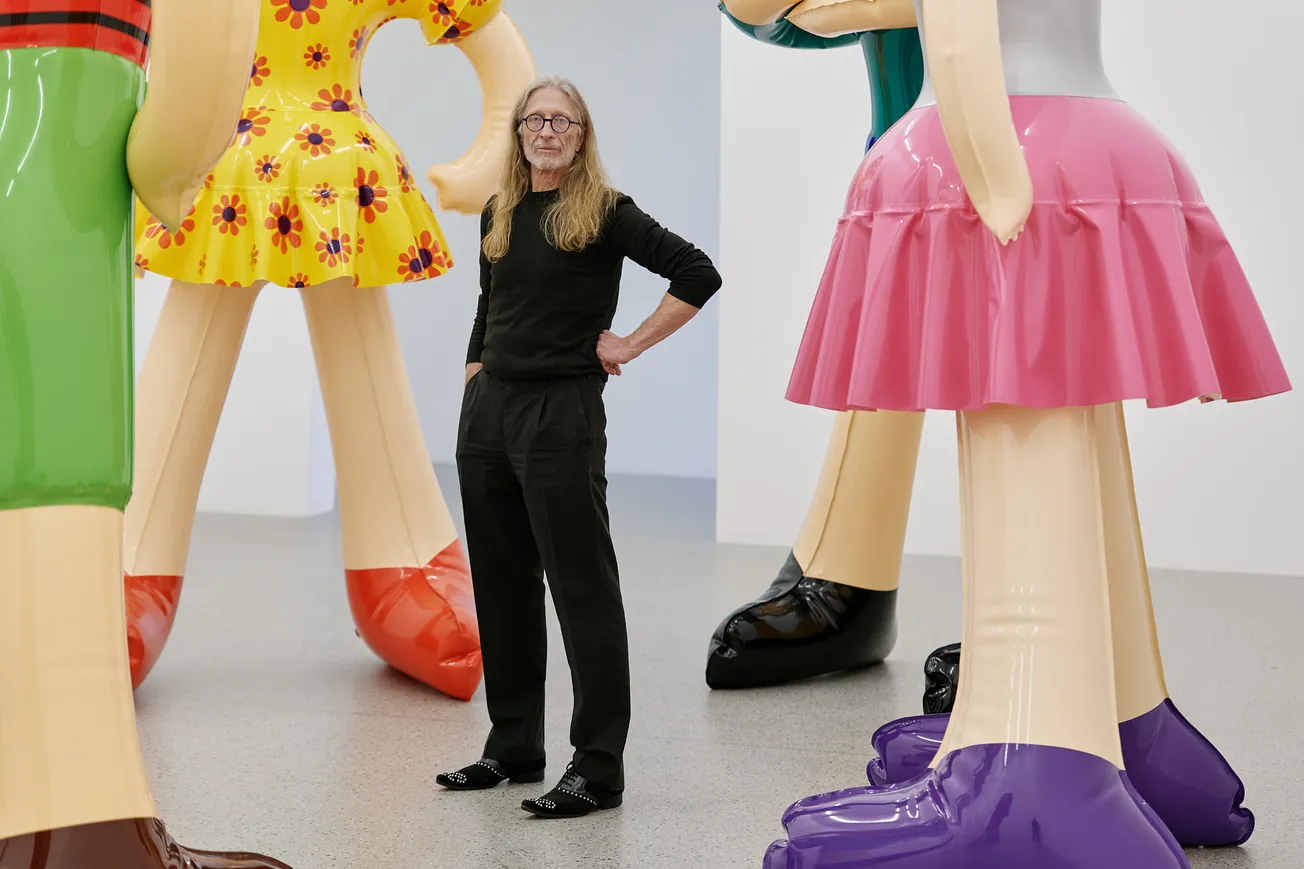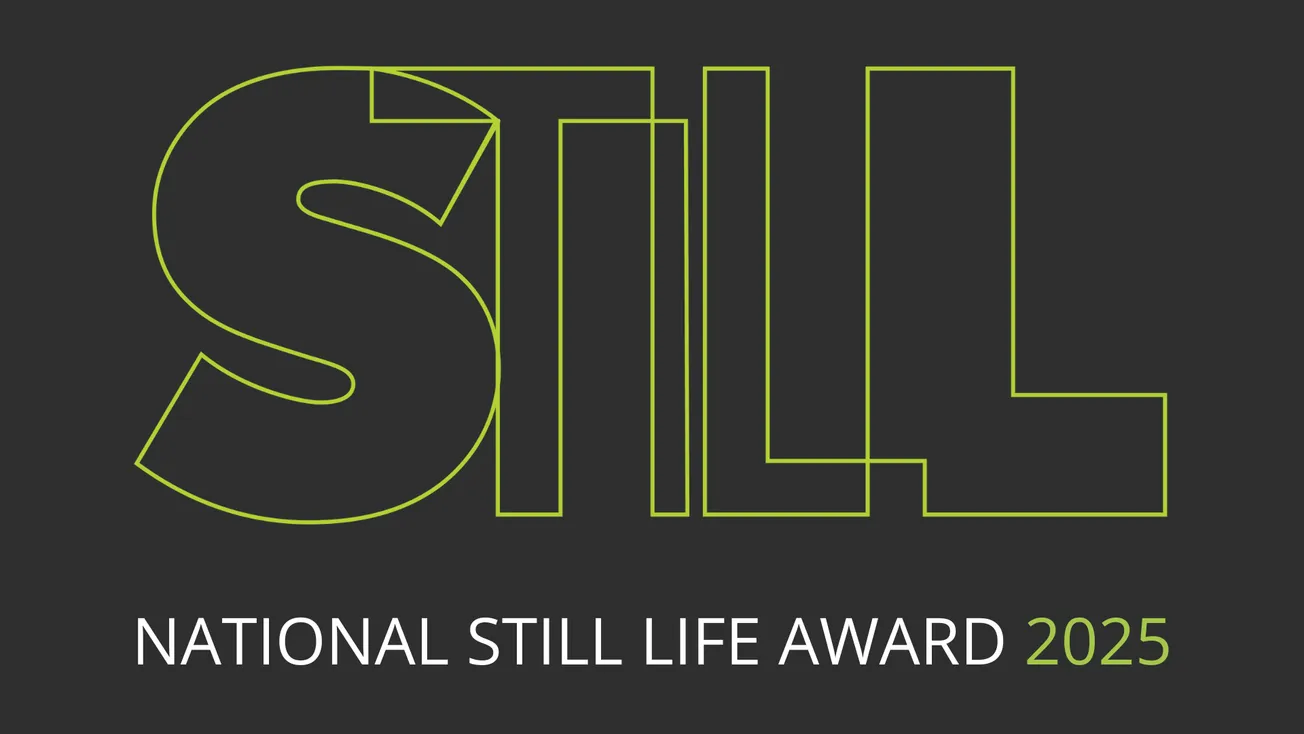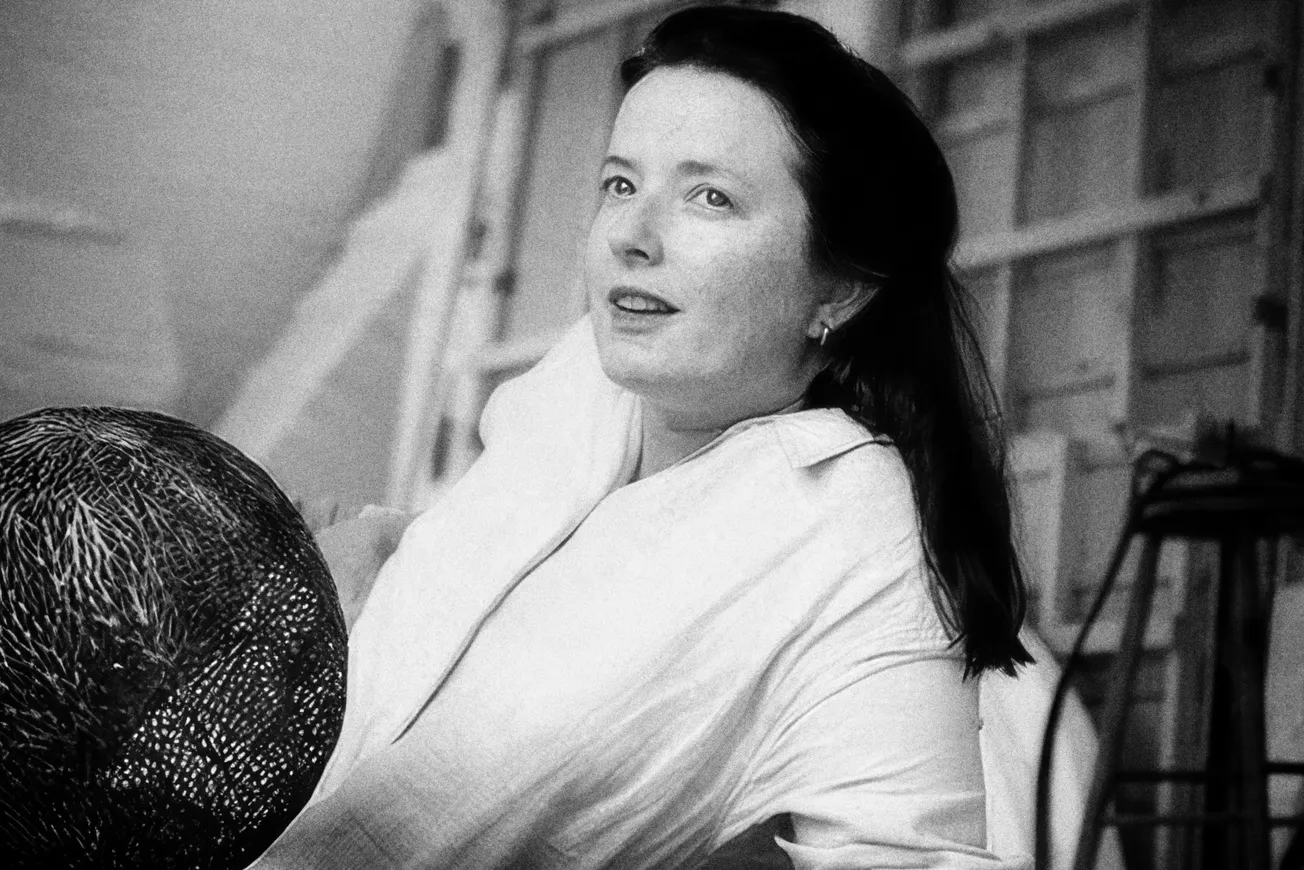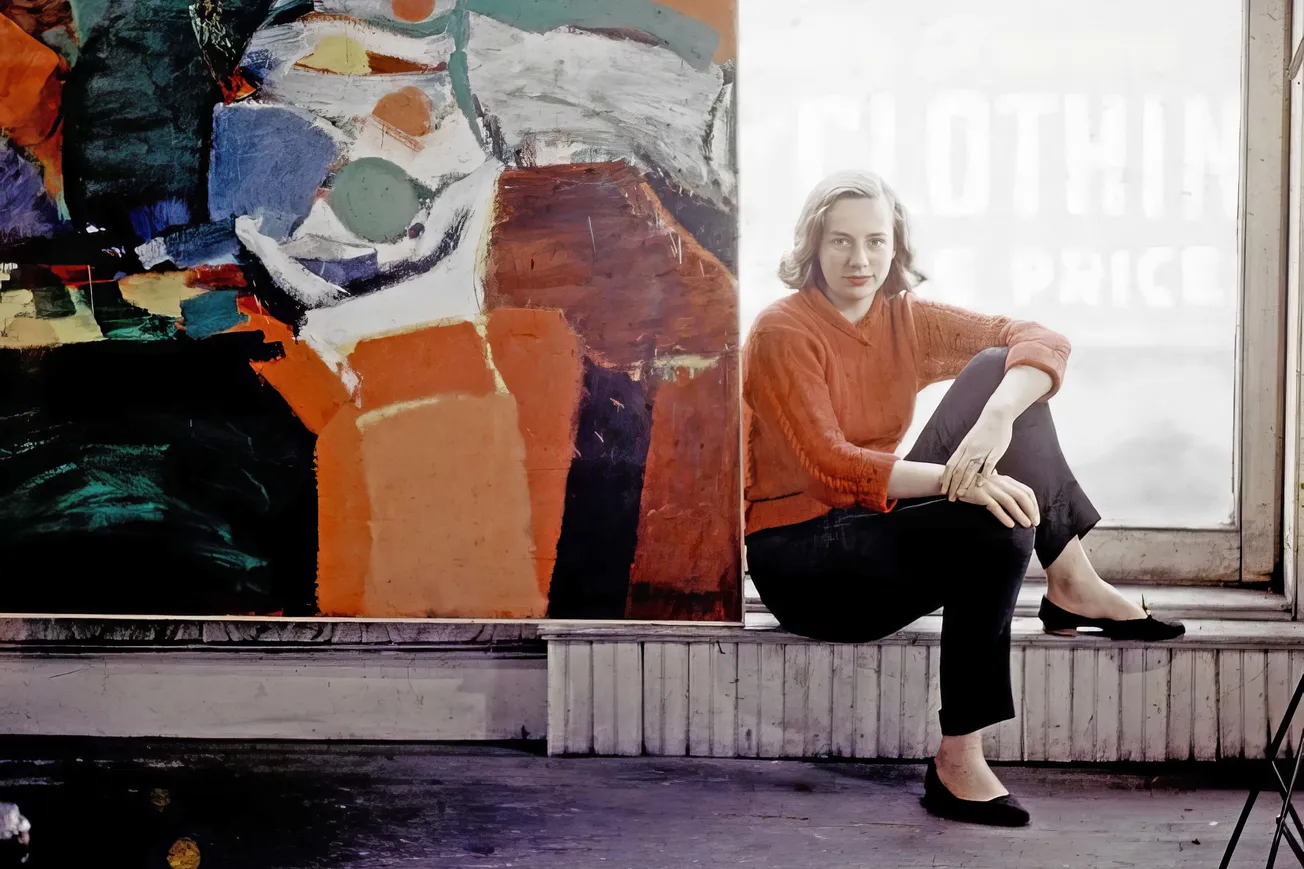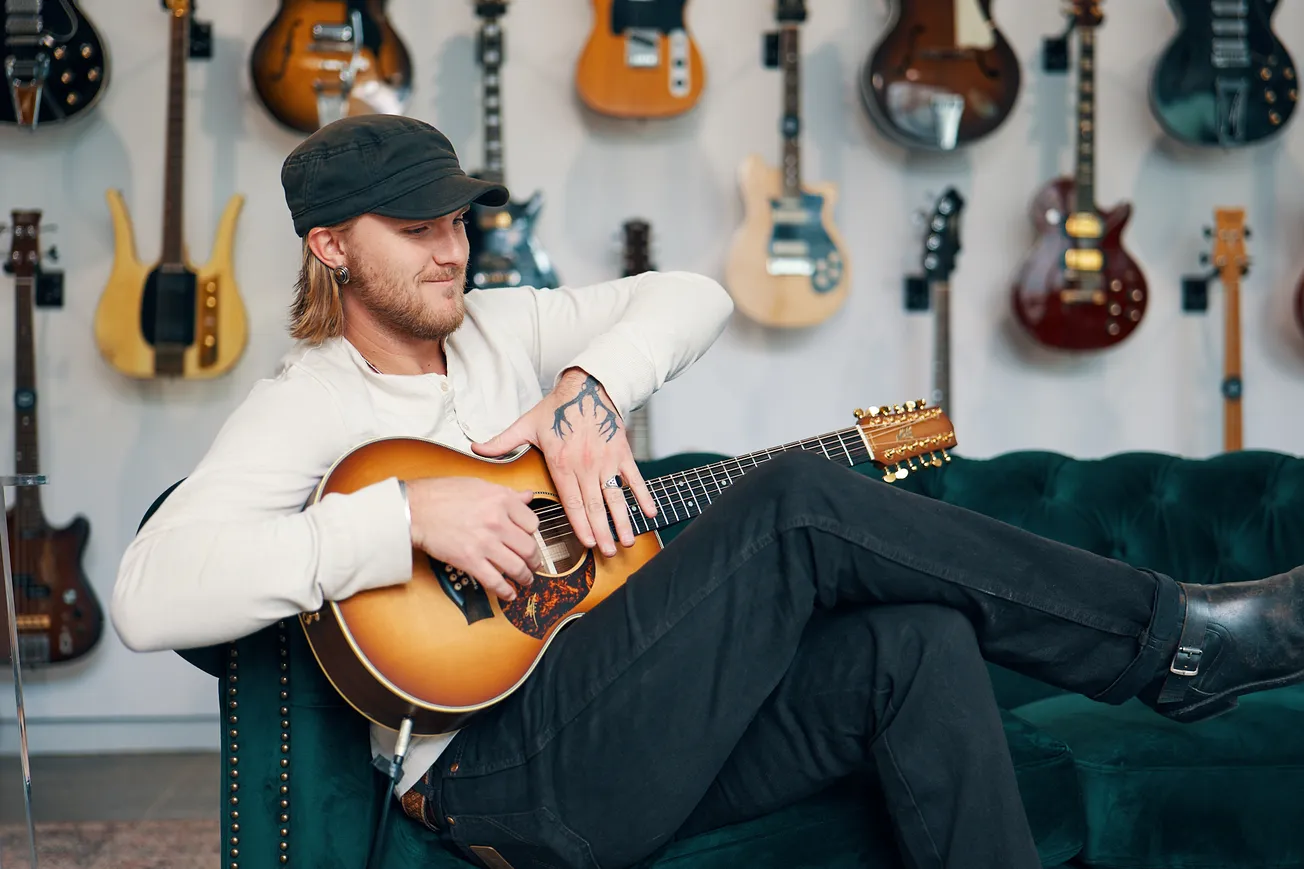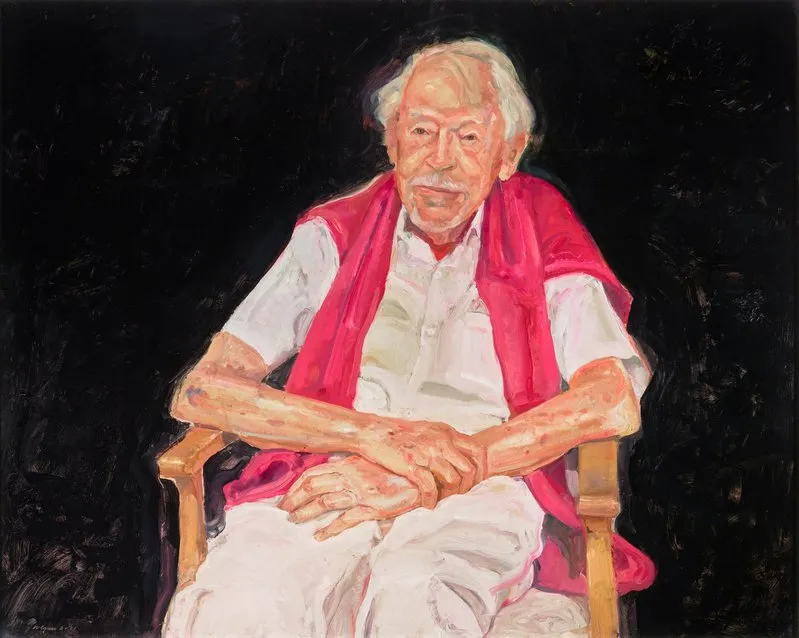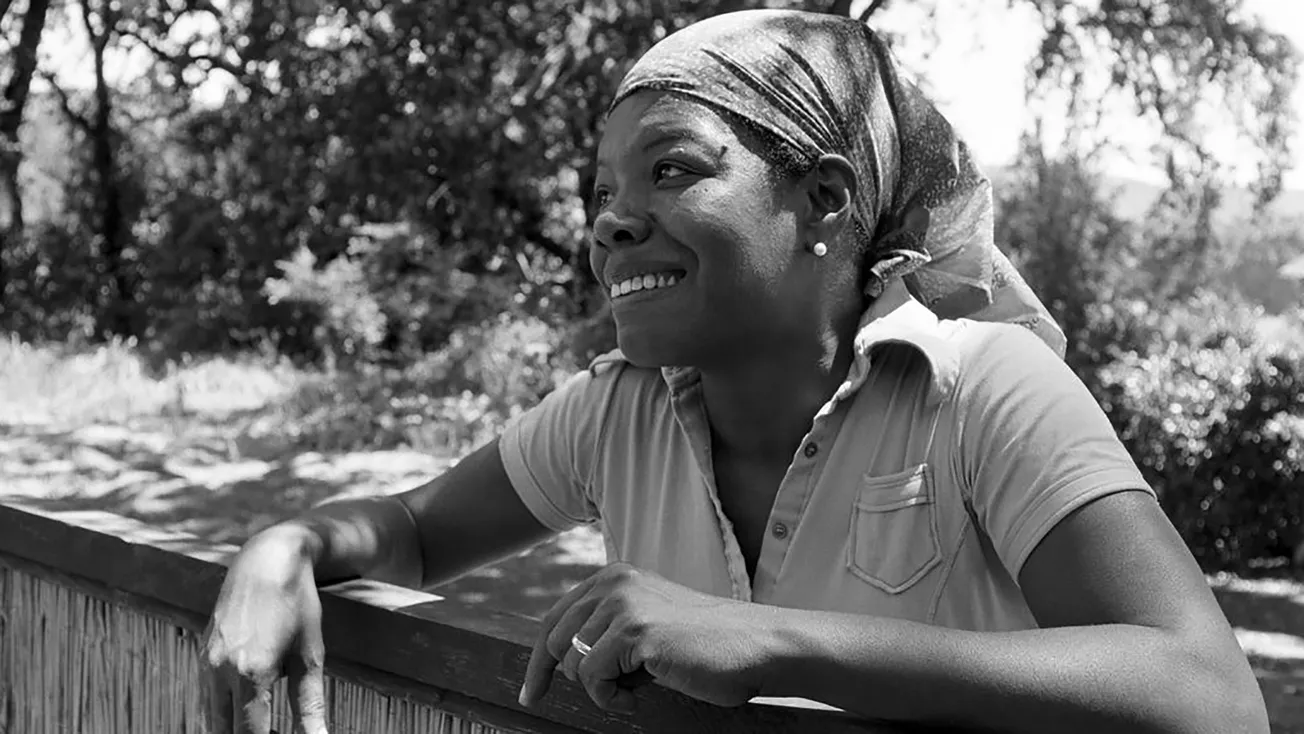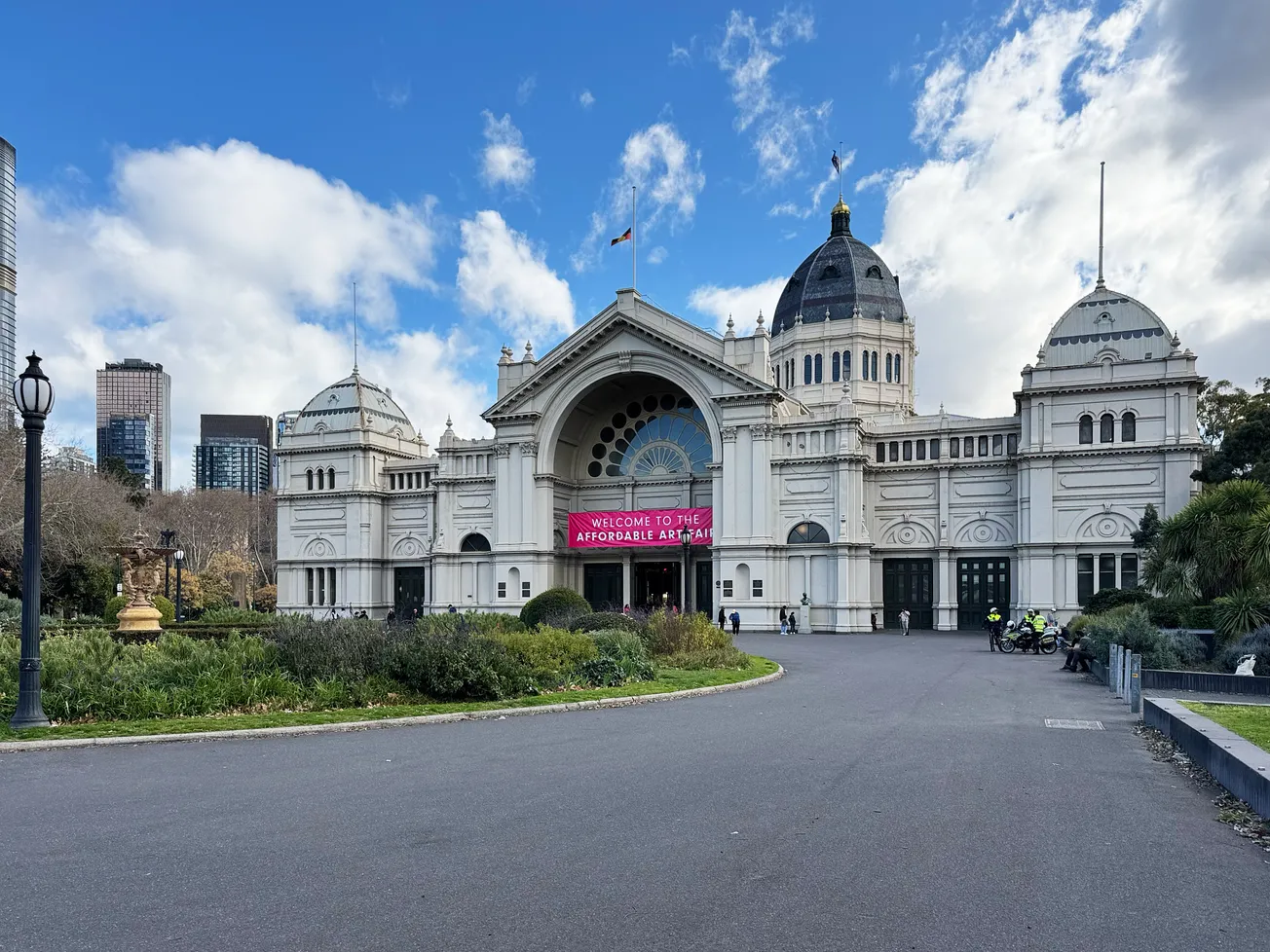Table of Contents
First Nations art stands as a cornerstone of Australian cultural identity, with a rich history spanning tens of thousands of years. What began as rock art, bark paintings, and ceremonial objects has transformed into a dynamic contemporary movement that challenges, inspires, and reshapes the Australian art landscape. Today, Aboriginal artists combine traditional knowledge with new techniques and mediums to create works that speak to both ancient stories and current realities.
The journey to recognition
The path to mainstream recognition for Aboriginal art has been long and complex. For much of colonial history, First Nations art was classified as ethnographic material rather than fine art. This began to change in the 1970s and 1980s with the emergence of art centres in remote communities and growing interest from collectors and institutions.
By the 2000s, Aboriginal art had secured its place in major galleries and museums across Australia and internationally. The establishment of dedicated galleries, prizes, and festivals further cemented its status as an integral part of Australian art. This growing recognition set the stage for today's thriving contemporary scene.
Leading voices in contemporary First Nations art
Archie Moore
Archie Moore is a Kamilaroi/Bigambul artist born in 1970 in Toowoomba but currently resides in Redland, Queensland. He works across conceptual and research-based media to portray self- and national histories and explores key ideas such as skin, language, smell, home, genealogy, and flags. His art provokes ideas surrounding the borders of intercultural understanding, misunderstanding, and the broader concerns of racism, encouraging his viewers to contemplate the land's rich history.
Moore received international regard through his solo exhibition, Kith and Kin, which was presented in the Australian Pavilion at the 2024 Venice Biennale. For this work, he was awarded the prestigious Golden Lion for the best National Participation. Furthermore, as a testament to the significance of his contribution to contemporary art, ARTnet named his work the #1 Defining Work of 2024, and the Australian Government acquired the piece to be gifted jointly to the Queensland Art Gallery.
Archie Moore's art will be exhibited at the Queensland Art Gallery in the "Comic Paintings" exhibition from January 18th to March 30th, 2025. This exhibition continues his conversation of Australian identity and history through a new visual framework.
Ronnie Tjampitjinpa
With a career spanning more than 50 years and six solo exhibitions in Australia since 1989, Ronnie Tjampitjina has become an inherent part of First Nations Art. Born in Pintupi land at Muyinnga, about 100 kilometres west of the Kintore Range across the Western Australia Border, Tjampitjinpa is one of the youngest founding members of Papunya Tula Artists and played a crucial role in the beginning of the Western Desert art movement.
Throughout the 1970s, Tjampitjinpa became a strong advocate for the outstation movement, working to return to traditional lands. In 1981, he achieved this by establishing the Walungurru (Kintore) settlement, to which he and his family moved. Here, the outstation at Ininti (Redbank) was created, and he served as chairman of the Kintore Outstation Council.
Within this period, Ronnie Tjampitjinpa became one of Papunya Tula Artists' major painters. His work dominated many Walungurru painters' work during the 1990s, with his bold, scaled-up, linear style. His multi-layered paintings explore themes of water dreaming, bushfire dreaming, and the Tingari cycle.
Yhonnie Scarce
Trained as a glass artist, Yhonnie Scarce lives and works in Melbourne. She produces installations grounded in experimental glass blowing techniques. Born in 1973 in Woomer, South Australia, Scarce is a Kokatha/Nukunu/Mirring woman passionate about exploring the complexities of Indigenous political history. She explores the legacies of historical events and government policies in Australia, foregrounding an Indigenous perspective and connection to the country.
Trained as a glass artist, her work features elements of bush tucker such as native plums and yams aimed to represent Aboriginal individuals and their connection to country. Scarce is influenced by the glass as a medium and encourages her audiences to consider her work to address colonial history through an opaque and transparent lens.
Vernon Ah Kee
Vernon Ah Kee was born in Innisfail, Queensland in 1967, 1600km north of Brisbane, and about 900km south of Cairns on the Queensland Coast. He lives and works in Brisbane, and is a member of the Kuku Yalandji, Waanji, Yidinji, and Gugu Yimithirr peoples. His artwork is diverse and uses an array of mediums and techniques such as painting, installation, photography, and text-based art, fusing the history and language of colonisation with contemporary Black/white political issues exposing various degrees of underlying racism in Australia.
Ah Kee confronts his audiences with thought-provoking ideas and uncomfortable truths about Australian history and ongoing social inequities. His practice challenges ideas, enabling him to remain one of Australia's most important contemporary artists addressing race, identity, and colonisation issues. His most notable piece, Tall Man, confronts Australian racism and retells the controversial story of the Palm Island riots from an Indigenous perspective.
Major exhibitions shaping the landscape
The calendar for 2025 is filled with significant exhibitions showcasing First Nations art across Australia:
- TarraWarra Biennale 2025: We are Eagles (Victoria, March 29th - July 20th)
Curated by Kimberly Moulton, a Yorta Yorta woman, writer, and curator, We Are Eagles presents newly commissioned works by 22 artists centring their work around regenerative practice and relational transcultural connections to land, objects, and memory. - Revealed: New and Emerging WA Aboriginal Artists (Western Australia, April 12th - July 13th)
This exhibition celebrates the diversity and vibrancy of Aboriginal artistic practices in Western Australia. Revealed is a proudly Aboriginal and Torres Strait Islander-led and governed exhibition established in 2008. It brings together Aboriginal art centres and independent artists from across the state, celebrating the rich culture and work of Indigenous Australian art. - The National Aboriginal and Torres Strait Islander Art Awards 2025 (Northern Territory, opening August 7th)
The awards remain Australia's longest-running and most prestigious awards for First Nations artists. The Telstra NATSIAA exhibition attracts entries from established and emerging artists working across all mediums and showcases the breadth of contemporary Aboriginal and Torres Strait Islander artistic practice. - Tarnanthi Festival (South Australia, October 17th - January 18th 2026)
South Australia presents a nationwide celebration of Aboriginal and Torres Strait Islander art. The festival includes exhibitions, art fairs, and performances across multiple venues in Adelaide and beyond. - 5th National Indigenous Art Triennial: After the Rain (ACT, December 6th - April 26th, 2026)
The National Indigenous Art Triennial examines the themes of renewal, healing, and growth following periods of difficulty and challenge. The exhibition brings together artists from across Australia to present newly commissioned works.
Looking forward
New generations of artists are exploring innovative approaches while maintaining a connection to cultural knowledge, and the future of First Nations art is endless. Young artists are incorporating digital technologies, interactive elements, and cross-disciplinary practices that expand the boundaries of traditional categories.
Climate change, digital identity, and cultural reclamation emerge as themes that will likely gain prominence in coming years. Artists continue to address the historical injustices while imagining new futures and possibilities.
Educational institutions also respond to increased interest, with more universities offering specialised courses in Aboriginal art history and practices. These programs help develop critical frameworks for understanding and contextualising First Nations art.

